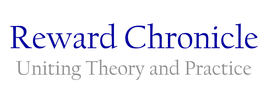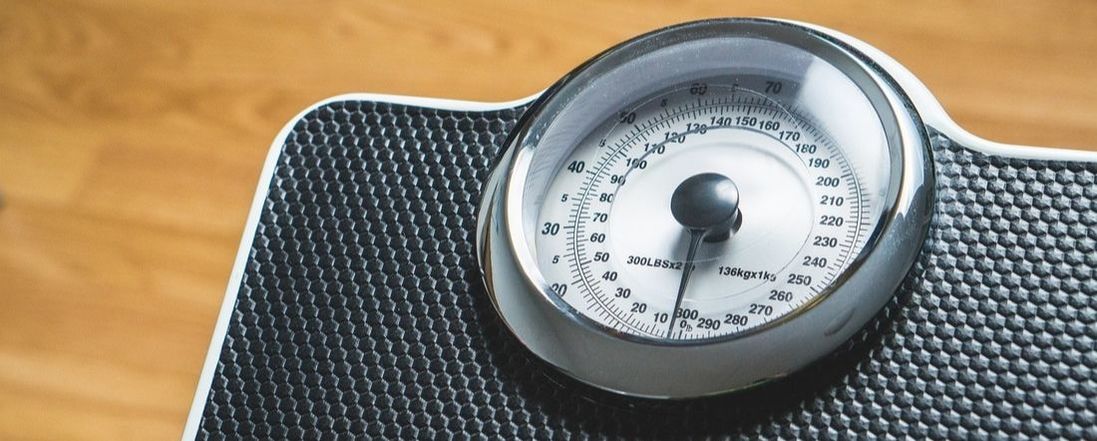|
There is a growing acknowledgement by researchers and practitioners alike that adverse psychosocial work factors (i.e. work stress) can lead to negative physical health implications for workers, such as weight gain and high blood pressure. A Canadian study examined workplace effort-reward imbalance and its relationship with blood pressure and body mass index over a five-year period and found that effort-reward imbalance exposure was related to increases both in blood pressure and body mass index.
Key Topics: Effort–reward imbalance; Psychosocial work factors; Work stress; Body mass index; Blood pressure
Title of Reviewed Article: Effort–reward imbalance at work and 5‑year changes in blood pressure: the mediating effect of changes in body mass index among 1400 white‑collar workers
Researchers: Xavier Trudel, Chantal Brisson, Alain Milot (Laval University), Benoit Masse (Montreal University), and Michel Vézina (Laval University). Publication: International Archives of Occupational and Environmental Health, 2016, Vol. 89 No. 8, pp. 1229–1238. __________________________________________________________________________ Setting the Scene Work stress is a significant issue for many companies as it can negatively impact on various aspects of employee performance and there is a growing body of research which has highlighted the negative impact that work stress can have on physical and mental health. The effort-reward imbalance (ERI) model (Siegrist, 1996) is an oft cited work-related stress model, and states that when workers are in a state where high efforts are accompanied by low reward then they are in a state of imbalance and more likely to suffer health issues (Siegrist, 1996). Research has shown that work stress and ERI exposure can have adverse effects on such health factors as cardiovascular disease (Kivimaki et al., 2012), weight gain (Fujishiro et al., 2015), and blood pressure (Babu et al., 2014; Maina et al., 2011). With cardiovascular diseases (CVD), high blood pressure (BP), and obesity being a major cause of illness, disability, and death (Mozaffarian et al., 2015), it is clear to see the importance of understanding the implications of ERI in the workplace. Given the potentially fatal consequences of work ERI, this study sought to investigate the mediating effect of body mass index (BMI) in the relationship between work ERI exposure and BP. How the research was conducted 1,436 (584 male and 852 female) white-collar employees from three insurance companies based in Canada took part in this study. The jobs of participants included senior and middle managers, technicians, professionals and office workers. Participants completed a self-administered questionnaire relating to work characteristics and BP risk factors. Data was collected three times over a period 5 years on each participant between 2000 and 2009. Reward was evaluated via an 11-item scale developed by Siegrist (2003). Effort was measured using a subscale of Siegrist’s (2003) questionnaire. The ERI ratio was developed from this data over 5 years and participants were classified as being never exposed, having cessation of exposure, having exposure onset or being always exposed (i.e. chronic ERI exposure). Ambulatory blood pressure (ABP) was evaluated using the Spacelabs 90207 oscillometric devices. During each examination, BMI was measured by a trained assistant. BMI and ABP after 5 years were considered as mediating variables in all analyses. Additional information was collected on potential confounding factors such as smoking status, alcohol intake, age, education, medication for hypertension, and family history of Cardiovascular Disease (CVD). Three primary modelling strategies were employed. Changes over 5 years in BP and BMI were examined according to 1) the baseline ERI exposure (i.e. at the start of 5yr period), 2) repeated ERI exposure over 3 years and 3) repeated ERI exposure over 5 years. Key Research Findings Average BMI for men was 26.6 and 25.3 for women. Average ABP was 128.8/82.0 mmHg for men and 121.2/78.0 mmHg in women. Average age for men was 43.3 and 42.2 for women, while male participants were generally more educated than women. Men were found to be less likely to smoke and have a family history of CVD, but consumed more alcohol. Increased BMI over a 5-year period was strongly related to increased ABP. ERI exposure onset and ERI chronic exposure over 3 years were both indirectly related to increased ABP, through increased BMI. ERI exposure onset was found to be related to increased ABP, but a mediating effect of BMI was not found. Surprisingly, ERI chronic exposure was found to be related to decreased ABP, and a mediating effect of BMI was not found. Results Commentary The direct relationship found between ERI exposure over a 5-year period and BP changes are as expected and consistent with prior research (Trudel et al., 2016). Similarly, work stress-induced BMI increases were found over the 5-year period, and it could be expected that these effects could increase in magnitude over the course of an individual’s working life. The results indicate that changes in BMI mediate the relationship between ERI exposure and BP, particularly in those who have a higher initial BMI. The different effect of ERI on BMI and BP suggests that work related stress can impact the health of people differently depending on individual characteristics, such as their relative weight e.g. lean or obese. Organizational and Reward Implications This study highlights a number of associations between work stress and adverse health implications. Not only is this negative for individual employees, it is also detrimental to the companies they work for, through effects on performance and increased healthcare costs. This study should serve as a reminder to companies of the importance of employee health and wellness programs, which while incurring costs for companies can save money in the longer term by facilitating a healthier and more productive workforce. Final Thoughts This study is one of only a few to analyse the effects of work stress on health in the workplace over an extended period, and as such the results provide valuable and concerning implications on the adverse consequences of companies not managing employee health and wellness effectively. This study was carried out with white collar workers, and so is primarily generalizable to that group, but should serve as instructive in relation to other worker types also. __________________________________________________________________________ Source Article: Trudel, X., Brisson, C., Milot, A., Masse, B., & Vézina, M. (2016). Effort–reward imbalance at work and 5‑year changes in blood pressure: the mediating effect of changes in body mass index among 1400 white‑collar workers. International Archives of Occupational and Environmental Health, 89(8), 1229–1238. Published by: Springer For further details and access to the full journal article Click Here (subscription or payment may be required). __________________________________________________________________________ References: Babu, G. R. et al. (2014). Is hypertension associated with job strain? A meta-analysis of observational studies. Occupational and Environmental Medicine, 71(3), 220–227. Fujishiro, K., Lawson, C. C., Hibert, E. L., Chavarro, J. E., & Rich-Edwards, J. W. (2015). Job strain and changes in the body mass index among working women: a prospective study. International Journal of Obesity, 39(9), 1395–1400. Kivimaki, M. et al. (2012). Job strain as a risk factor for coronary heart disease: a collaborative meta-analysis of individual participant data. Lancet 380(9852), 1491–1497. Maina, G., Bovenzi, M., Palmas, A., Prodi, A., & Filon, F. L. (2011). Job strain, effort-reward imbalance and ambulatory blood pressure: results of a cross-sectional study in call handler operators. International Archives of Occupational and Environmental Health, 84(4), 383–391. Mozaffarian, D., Benjamin, E. J., Go, A. S., et al. (2015). Heart disease and stroke statistics- 2015 update: a report from the American Heart Association. Circulation, 131(4), e29–e322. Siegrist, J. (1996). Adverse health effects of high-effort/low-reward conditions. Journal of Occupational Health Psychology, 1(1), 27–41. Siegrist J (2003) The model of effort-reward imbalance: measurement. In: http://www.uni-duesseldorf.de/MedicalSociology/index-eri.htm. Trudel, X., Brisson, C., Milot, A., Masse, B., & Vezina, M. (2016). Adverse psychosocial work factors, blood pressure and hypertension incidence: repeated exposure in a 5-year prospective cohort study. Journal of Epidemiology and Community Health, 70, 402-408. Comments are closed.
|




